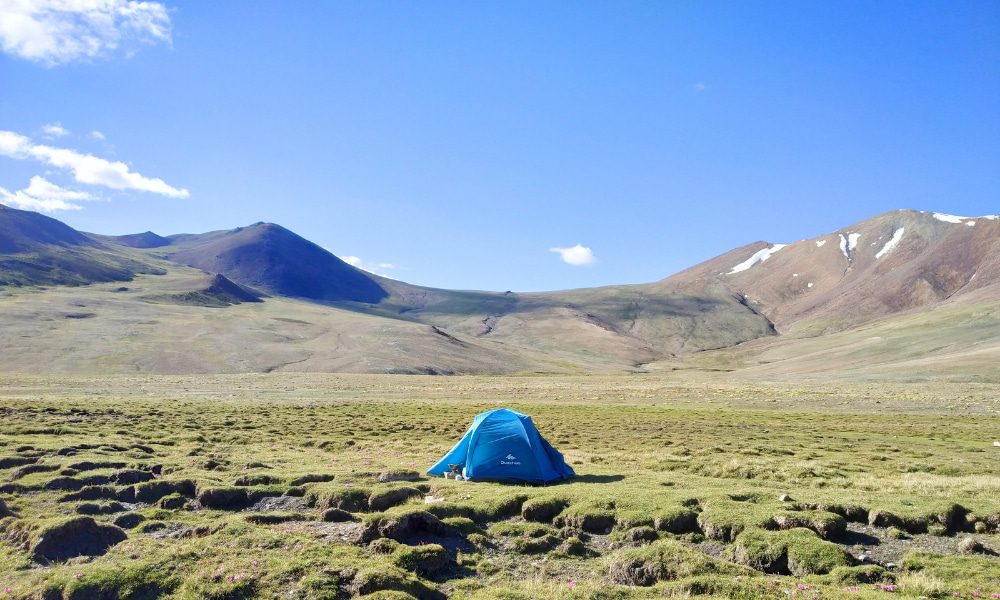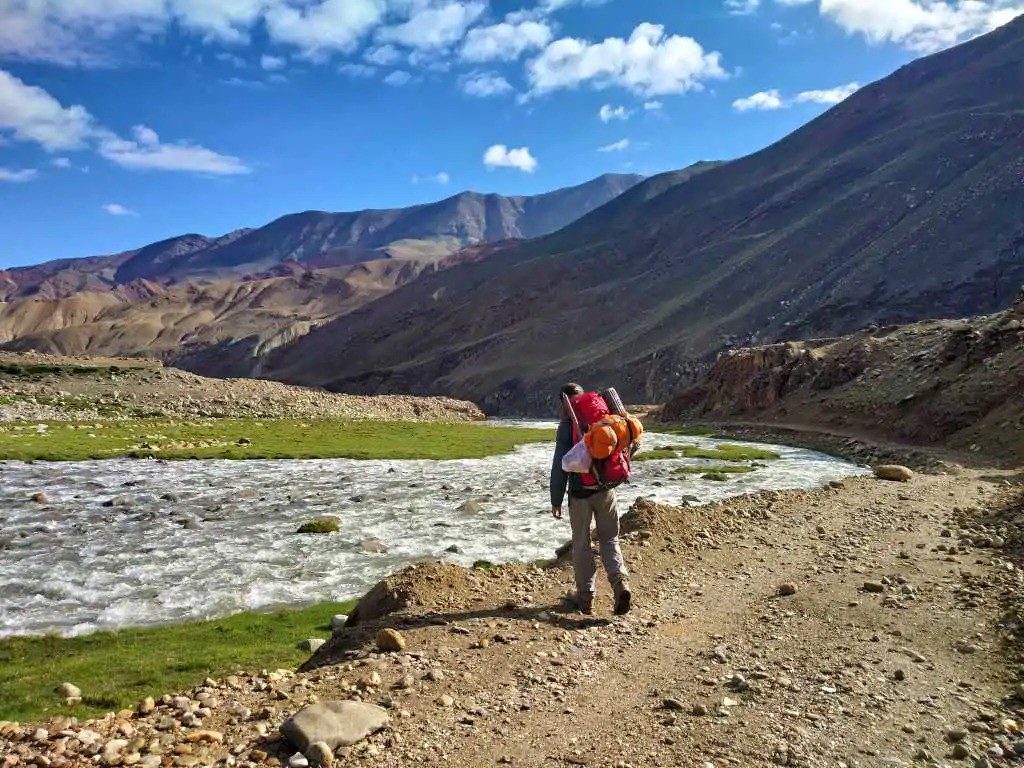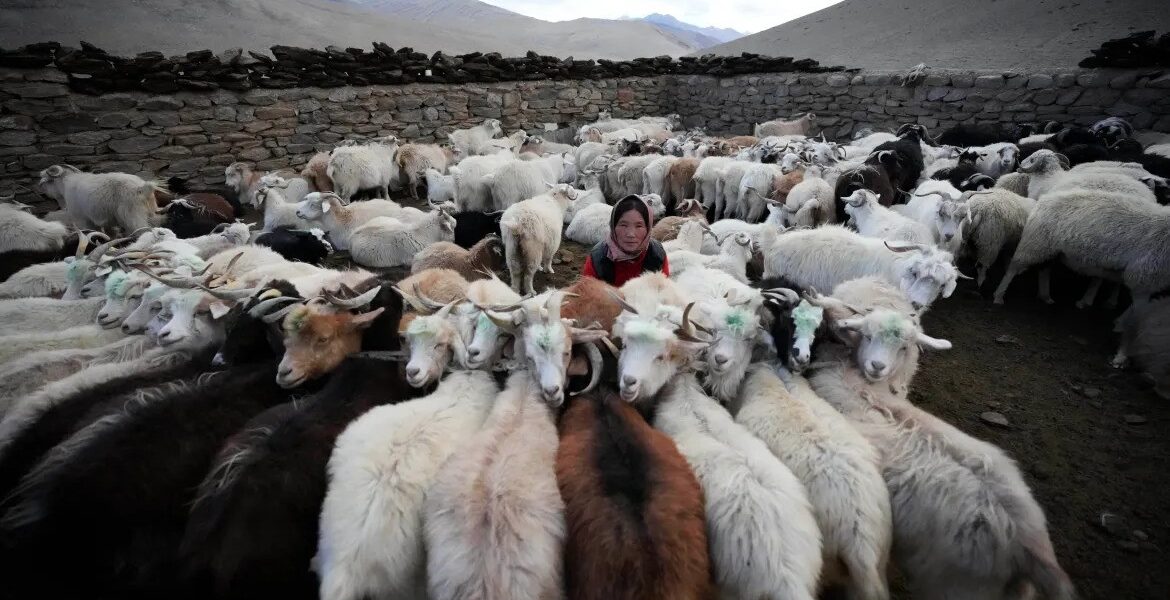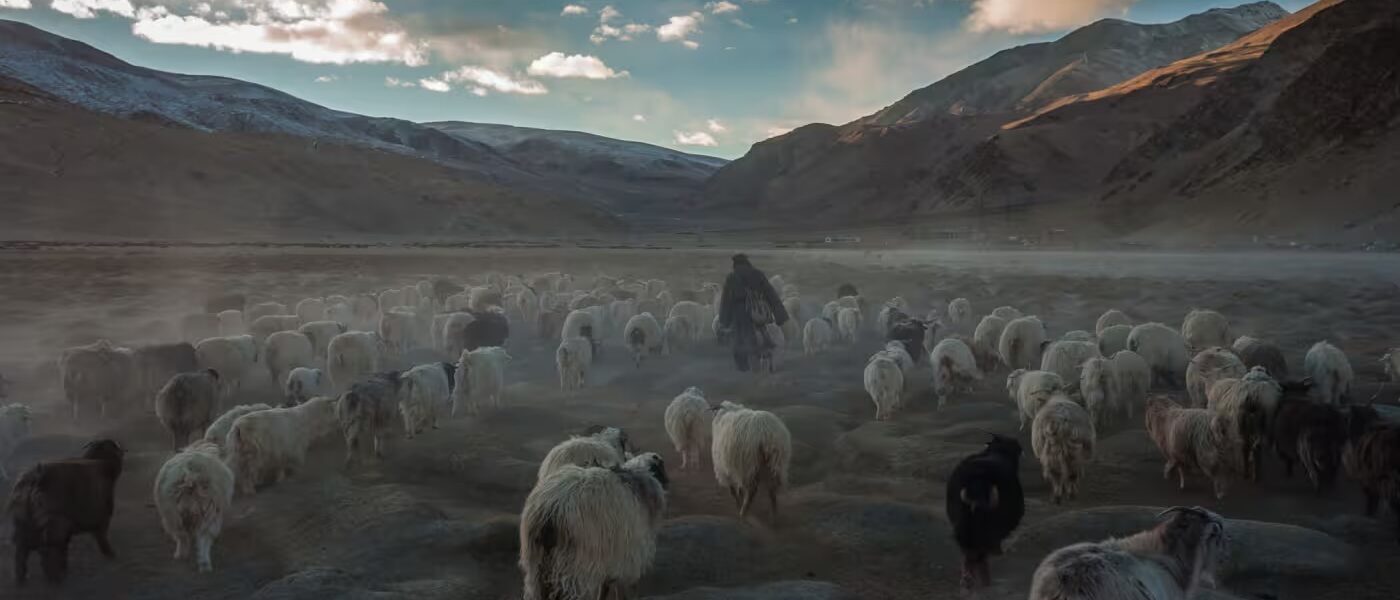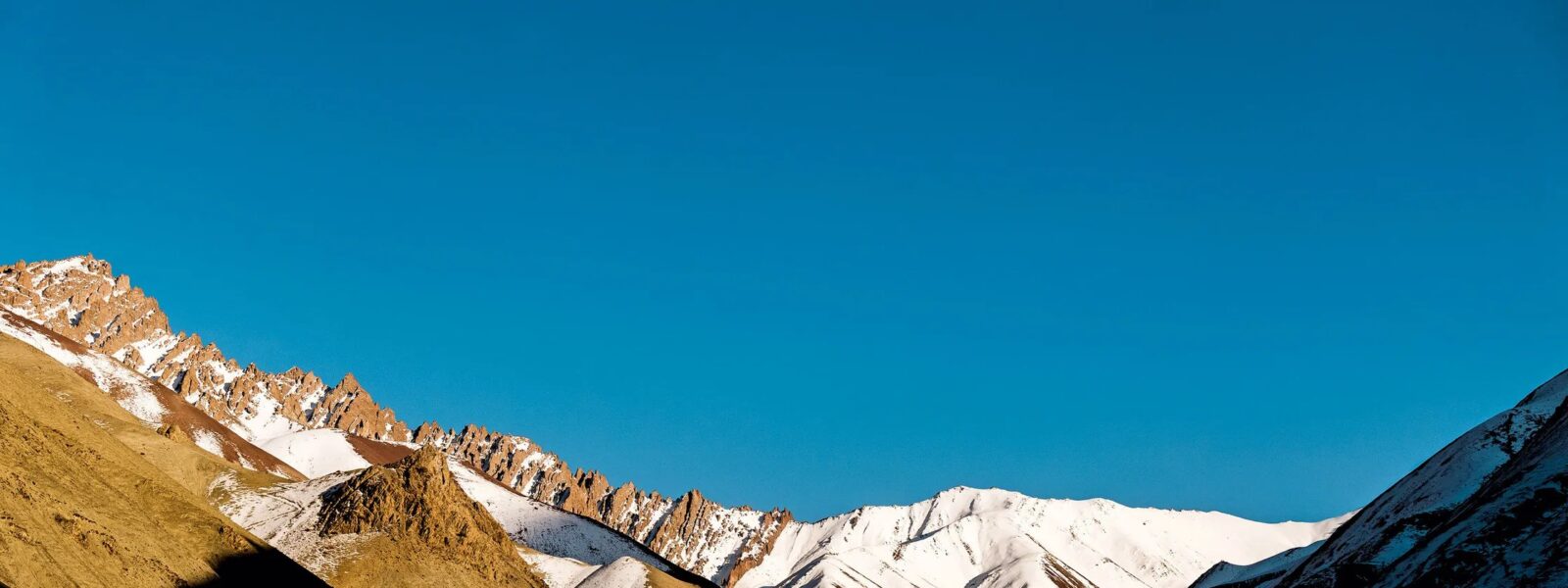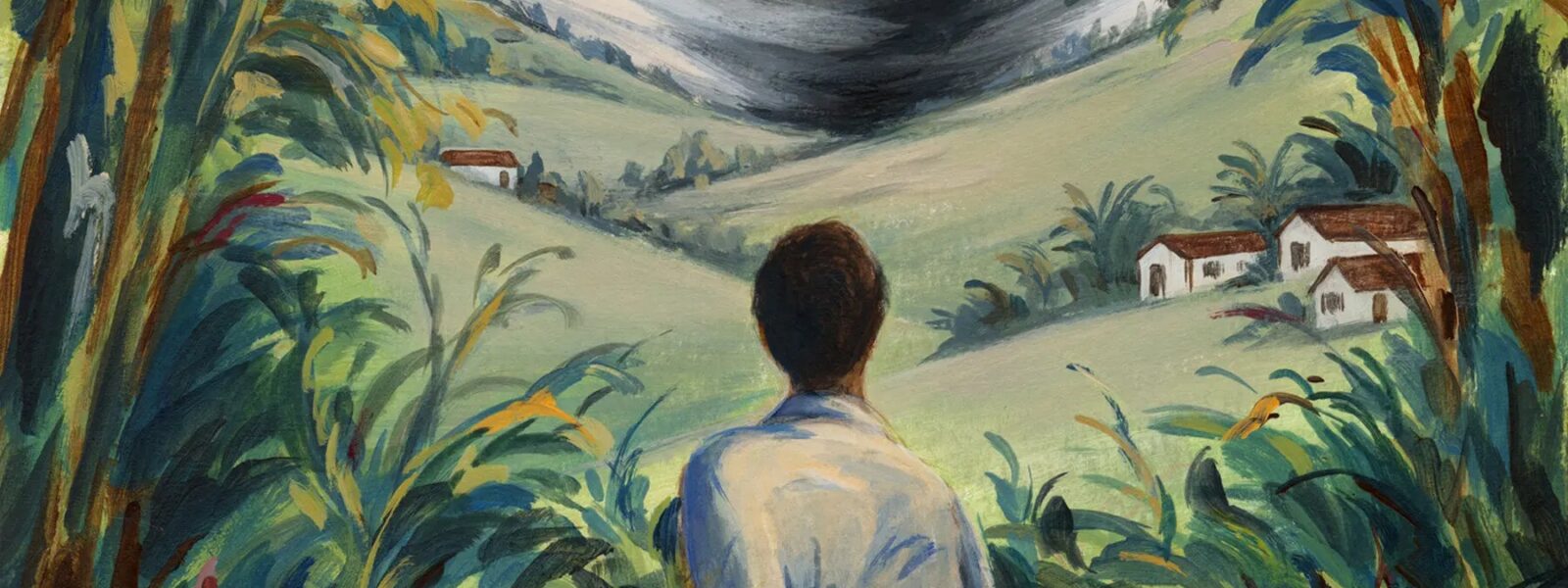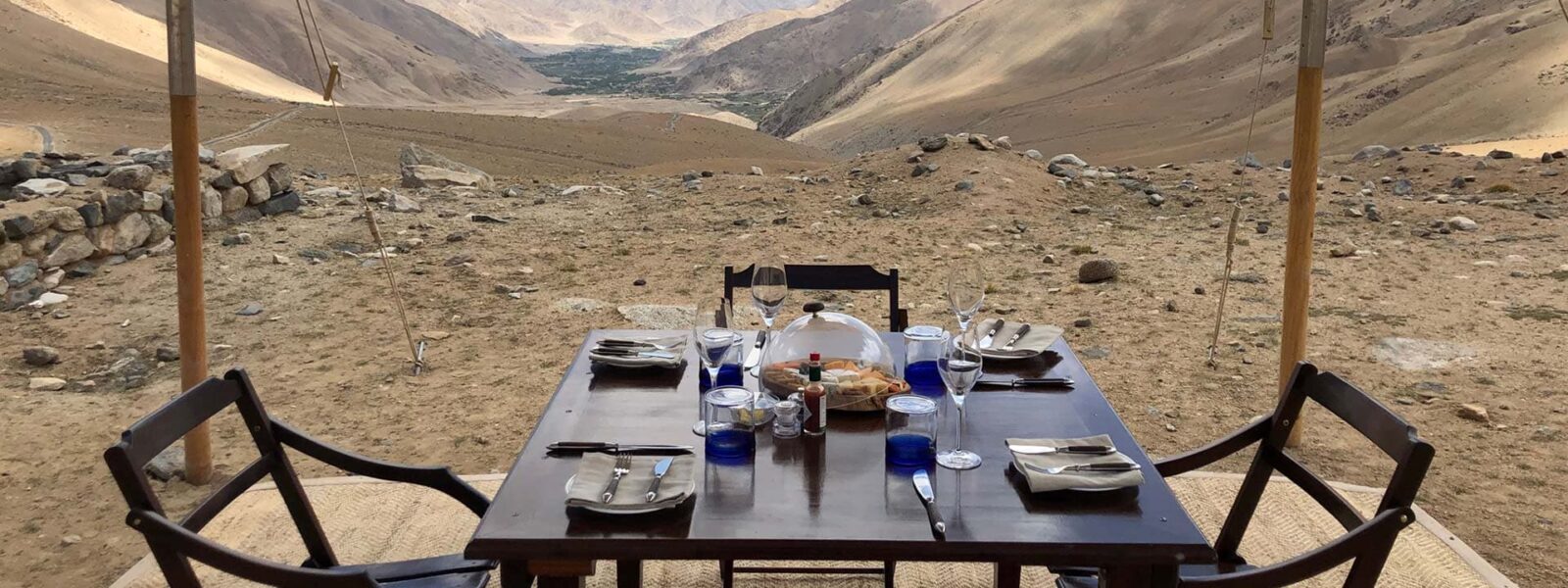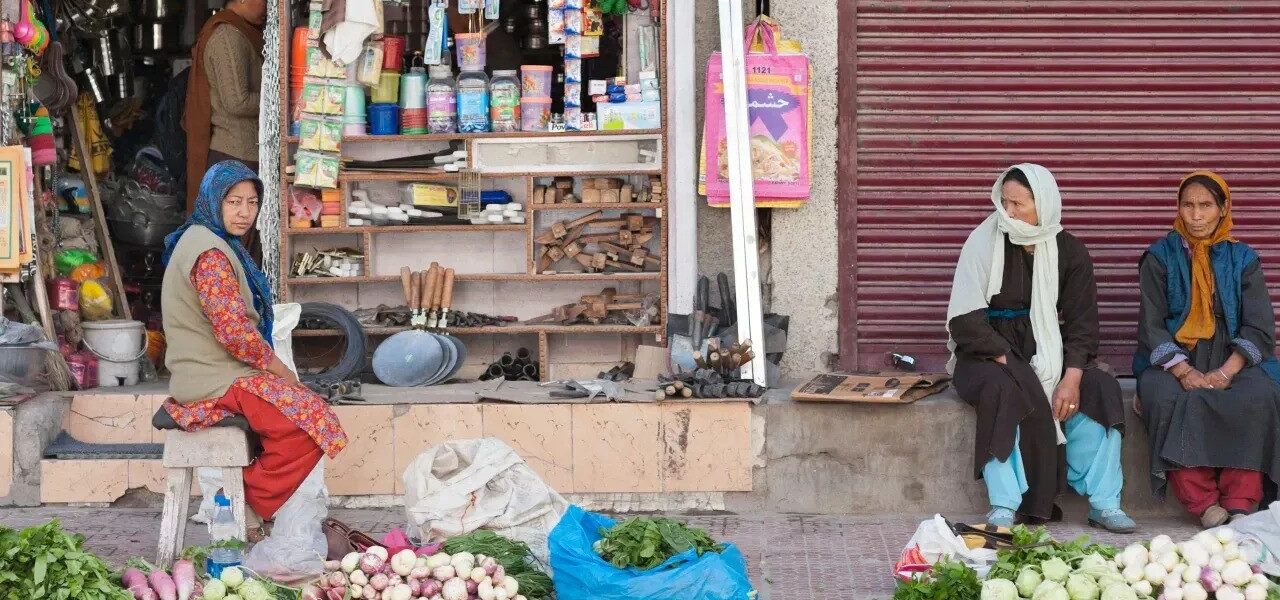Ladakh, often referred to as the “Land of High Passes,” is a treasure trove of cultural and natural wonders. Beyond its iconic monasteries and stark, breathtaking landscapes lies an untapped adventure: trekking the trails used by Ladakh’s nomadic shepherds. These paths offer a unique opportunity to immerse yourself in the lifestyle of the Changpa nomads, discover their deep connection with nature, and experience the harmony they maintain with Ladakh’s rugged yet stunning environment.
This guide will take you through everything you need to know about walking the trails of Ladakh’s local shepherds, from what to expect to why this journey is a once-in-a-lifetime experience.
Why Trek Ladakh’s Nomadic Shepherd Trails?
Experiencing Ladakh’s Nomadic Heritage
Trekking along Ladakh’s nomadic trails is like stepping back in time. The Changpa shepherds, semi-nomadic pastoralists, have traversed these paths for centuries. These trails are not just routes—they’re lifelines connecting summer grazing pastures, traditional shepherd camps, and remote communities.
Through this trek, you gain a firsthand look into their way of life, characterized by simplicity, resilience, and reverence for nature. From grazing pashmina goats, prized for their luxurious wool, to daily rituals of shepherd life, every moment is an opportunity for cultural immersion.
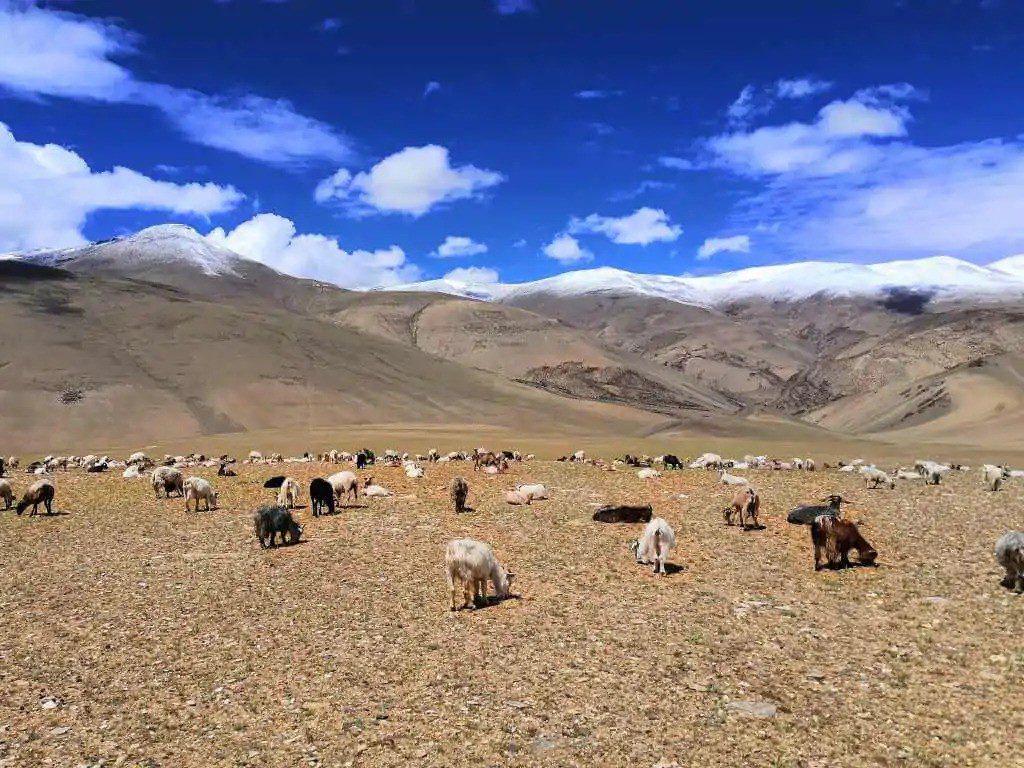
Unique High-Altitude Ecosystems
Ladakh’s shepherd trails cut through high-altitude plateaus, including the iconic Changthang region, a stark but captivating terrain. Along these paths, you’ll encounter rare wildlife, such as kiang (wild ass), Himalayan marmots, and, if you’re lucky, the elusive snow leopard. These treks are not just cultural journeys but ecological ones, offering a chance to see biodiversity unique to Ladakh’s remote wilderness.
Sustainable Tourism and Cultural Preservation
Eco-conscious travelers will appreciate the opportunity to contribute to sustainable tourism. By trekking these lesser-explored paths, you directly support local communities while helping preserve Ladakh’s nomadic traditions and ecosystems. Ethical tourism ensures that Ladakh’s shepherding culture, a vital part of its identity, remains resilient against modernization pressures.
Highlights of the Nomad Shepherd Trails in Ladakh
Changthang Plateau – The Heart of Nomadic Life
The Changthang Plateau is the crown jewel of Ladakh’s shepherd trails. Spanning vast stretches of high-altitude terrain, this region is home to the Changpa nomads and their flocks of pashmina goats and yaks. Trekkers in Changthang are rewarded with stunning vistas of emerald lakes like Tso Moriri and Tso Kar, surrounded by snow-clad peaks.
“Trekking through the Changthang Plateau was an unforgettable experience. The cultural exchange with the Changpa shepherds gave me a fresh perspective on living harmoniously with nature.”
— Liam O’Connor, Ireland, Wildlife Photographer
Remote Pastures and Nomadic Camps
As you walk these trails, you’ll come across pastures scattered with nomadic camps, where shepherds set up temporary homes while tending to their herds. These camps, known as rebos, are made of yak hair and provide trekkers with a glimpse of the shepherds’ resourcefulness and adaptability.

Cultural Immersion: The Life of Changpa Nomads
Spending time with the Changpa community is a cultural immersion like no other. You’ll observe traditional practices like milking yaks, preparing butter tea, and weaving pashmina wool. The warm hospitality of the shepherds, despite their remote lifestyle, is a humbling reminder of the richness in simplicity.
Planning Your Trek Along Shepherd Trails
Best Time to Trek Ladakh’s Nomadic Trails
The best time to explore Ladakh’s shepherd trails is between May and September, when the weather is favorable, and the shepherds are actively grazing their herds in high-altitude pastures.
| Month | Weather Conditions | Highlights |
|---|---|---|
| May-June | Cool and Pleasant | Snow-capped peaks, grazing herds |
| July-August | Mild but Warmer Days | Vibrant pastures, wildlife |
| September | Crisp, Clear Skies | Best for photography and views |
Trekking Routes for Cultural Exploration
Some excellent trekking routes for experiencing nomadic life include:
- Tso Moriri to Tso Kar Circuit: Offers a mix of cultural and scenic attractions.
- Changthang to Pangong Tso: Explore shepherd camps and remote villages.
These trails are moderate in difficulty and ideal for trekkers seeking a balance of adventure and culture.
Difficulty Levels and Fitness Requirements
These treks, set at altitudes ranging from 14,000 to 18,000 feet, require moderate to advanced fitness levels. Acclimatization is crucial, and preparation should include cardio and strength training to build endurance for high-altitude trekking.
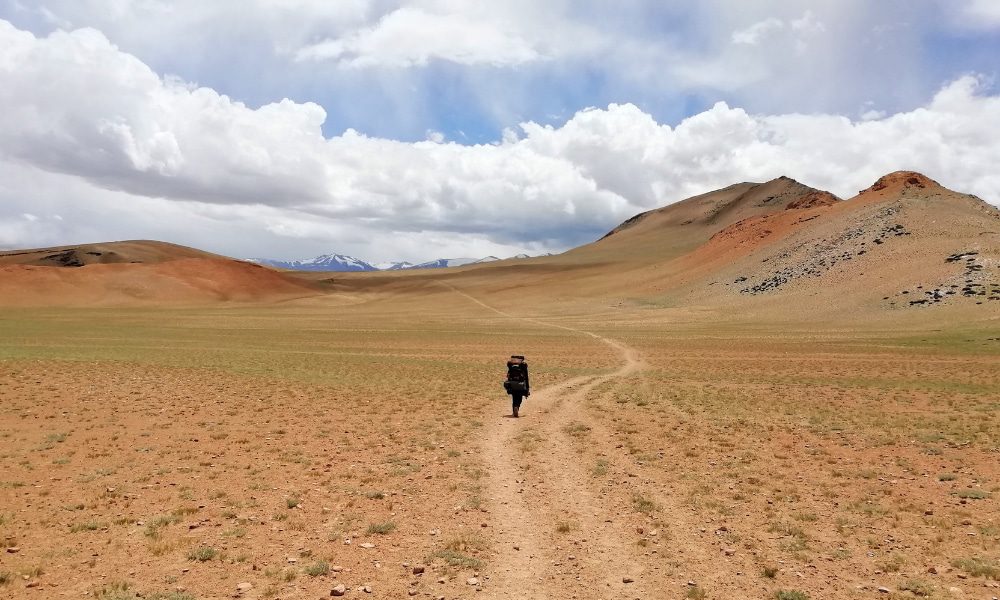
Tips for Trekking Ladakh’s Shepherd Paths
Packing Essentials for High-Altitude Treks
Here’s a quick checklist of must-haves:
- Warm Clothing: Insulated jackets, thermal layers.
- Trekking Boots: Sturdy and well-broken-in.
- Hydration Gear: Water bottles and purification tablets.
- First Aid Kit: For emergencies at high altitudes.
Adapting to Ladakh’s Altitude and Climate
Tips:
- Spend 1–2 days acclimatizing in Leh before starting your trek.
- Stay hydrated and avoid alcohol.
- Walk at a steady pace to conserve energy.
Respecting Local Cultures and Environments
Key points:
-
-
- Always ask permission before photographing shepherds.
- Avoid leaving waste and follow Leave No Trace principles.
- Support local businesses by hiring guides and buying handmade pashmina products.

-
FAQ
- What are the best trekking routes for experiencing Ladakh’s shepherd culture?
Routes near Tso Moriri and Tso Kar Lakes are highly recommended. - Can beginners trek Ladakh’s shepherd trails?
These trails require moderate experience; beginners should acclimatize and prepare well. - What wildlife can I see on shepherd trails in Ladakh?
Expect sightings of kiang, marmots, golden eagles, and even snow leopards. - What makes trekking Ladakh’s shepherd trails unique?
The blend of cultural immersion, high-altitude ecosystems, and stunning landscapes. - How can I support Ladakh’s nomadic communities?
By engaging in ethical tourism, hiring local guides, and purchasing authentic pashmina wool products.

